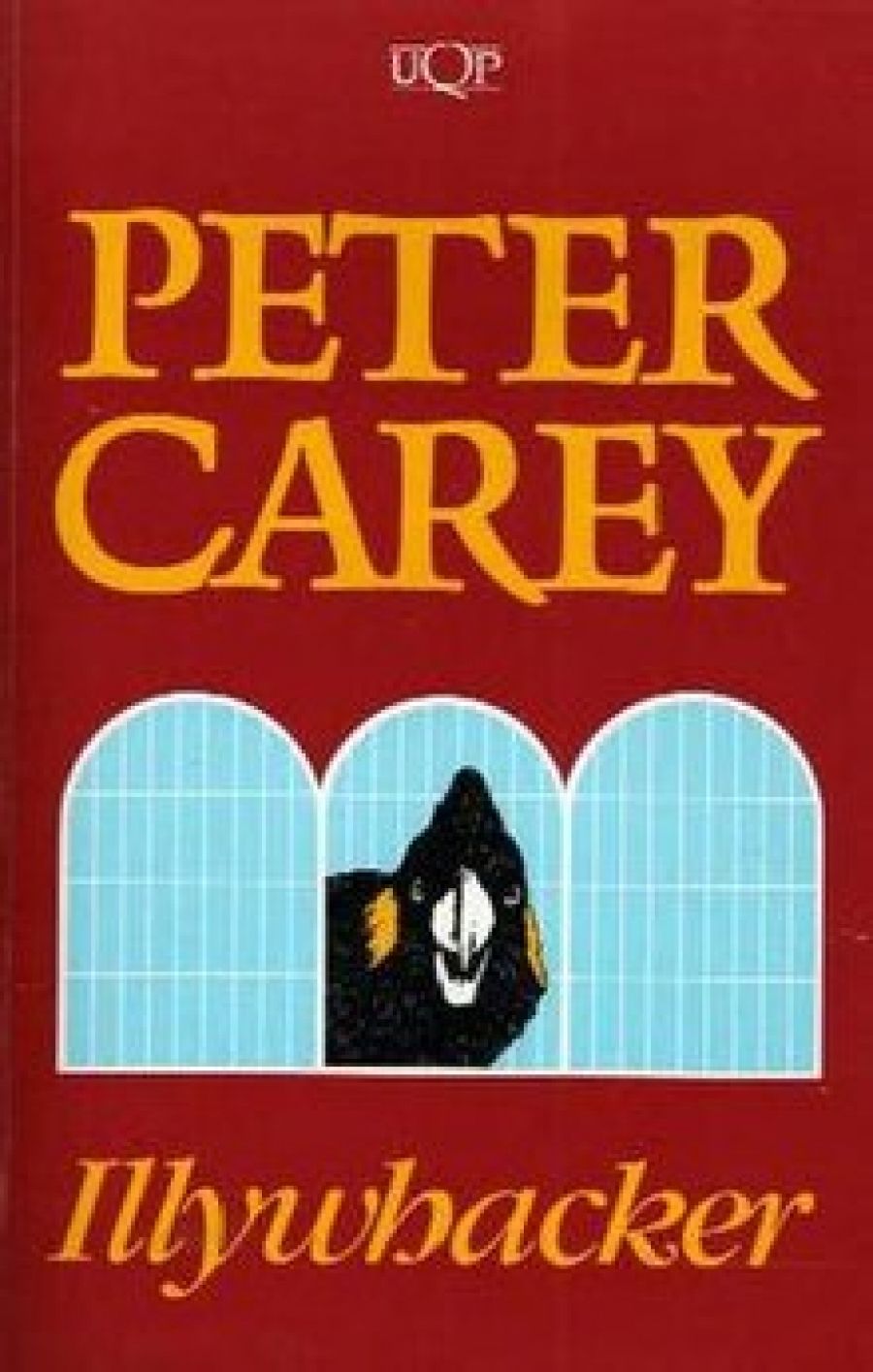
- Free Article: No
- Contents Category: Fiction
- Review Article: Yes
- Article Title: Some beautiful lies
- Article Subtitle: Our history mythologised
- Online Only: No
- Custom Highlight Text:
An Illywhacker, Peter Carey reminds us at the start of his latest and by far his longest novel, is a trickster or spieler. Wilkes cites it in Kylie Tennant’s famous novel of 1941, The Battlers. The other epigraph to the novel is also preoccupied with deception and is familiar to anyone who knows Carey’s work: Brian Kiernan used it as the title of his anthology of new Australian short story writers, The Most Beautiful Lies, an anthology in which Carey himself was represented: It is from Mark Twain and reads in part: ‘Australian history … does not read like history, but like the most beautiful lies; and all of a fresh new sort, no mouldy old stale ones. It is full of surprises and adventures, the incongruities, and contradictions, and incredibilities; but they are all true, they all happened.’
- Book 1 Title: Illywhacker
- Book 1 Biblio: University of Queensland Press, 600 pp, $19.95 pb
- Book 1 Readings Link: booktopia.kh4ffx.net/doGv9W
This could hardly be more pertinent to Carey’s history of twentieth-century Australia, as a kind of apologia. At the start of the novel, the narrator and illywhacker of the title says: ‘My name is ‘Herbert Badgery. I am a hundred and thirty-nine years old and something of a celebrity.’ By the end of the novel, however, it is still only somewhere around 1961 and he was born in 1886. On the same page he claims to be growing breasts and later to be able to express milk. He is, as he tells us proudly ‘a terrible liar ... lying is my main subject, my speciality, my skill’ and it is a skill this parodic Tiresias has in common with several other of the characters.
Fiction for Carey involves the freedom of invention, it creates its own rules as it goes along, and Illywhacker is full of one glorious invention after another, full of lies beautiful and otherwise, mistakes whether deliberate or not. A Chinese man teaches Herbert how to make himself invisible. Like Stephen Dedalus in Ulysses he thinks to himself, ‘I am the boy / Who can enjoy / Invisibility’, but when he exercises it he is punished for his hubris by having his daughter fall down a disused mine shaft. (Deaths are sudden and fairly frequent in this novel.) Herbert’s lover and future wife Phoebe falls off the roof naked while making love and breaks her arm. Her mother wears an electric chastity belt as a precaution against the insanity she fears is hereditary in her family. (No, I don’t understand the connection either but anything goes in this novel.) By the end of the novel, most of the characters seem to have become a kind of human museum, a conceit that seems to owe something to Murray Bail’s brilliant novel Home-Sickness.
As well as the constant invention of incident, there are some sparklingly witty one-liners, as in the description of a house which changed the size of its inhabitants: ‘It stretched their necks by forcing them to peer over its high windowsills and Edith Goldstein who was five foot eight when she married Sid was five foot nine and a half by the time Leah got on the train with Sid and Wysbraum to go up to Sydney University.’
Carey rejoices in the freedom he has created in other ways too. He moves back and forth among the past, present and future virtually at will. His narrator addresses the audience with casual intimacy, taking him unself-consciously into his confidence. He moves swiftly from character to character so that at times the narrative breaks off while we hear the history of the past life of a fairly peripheral character. It moves from place to place – Bacchus Marsh, Geelong, Ballarat, Bendigo, Melbourne, Sydney and eventually overseas. In his earlier books Carey’s prose was no more than functional, a workmanlike but modest bridge from one ingenuity to the next. The writing in this novel, however, and in particular the first section of the novel dealing with the country, is the finest and most sensuous perhaps that Carey has done.
All this having been said, however, I found the novel in the long run disappointing. By the last third of it, and especially after Badgery gets out of jail in 1949 (ten years for biting off a man’s finger – another lie?), the interest had begun to wane and not even Carey’s inventive energy could sustain it. The problem is primarily, I suspect, one of structure. The novel reads like a series of set pieces strung rather tenuously together. Characters disappear from or re-enter the novel with bewildering rapidity and gratuitousness. There are continuing themes and motifs – the snakes, images of cages and entrapment, notions of acting-and illusion and so on. Carey’s fierce nationalism is much in evidence though curiously directed against the English much more than the Americans in general. Given the notorious prickliness of English reviewers at criticism from the colonials it is surprising and much to their credit that the book was apparently greeted warmly there.
But for most of the time the novel has an air of lurching on with a kind of desperate improvisation from one situation or fancy to the next. Even in a picaresque novel the hero has to finally land somewhere. Carey seems to be attempting a kind of mythologised history of Australia in this century; the ambition is admirable but he doesn’t quite bring it off.


Comments powered by CComment